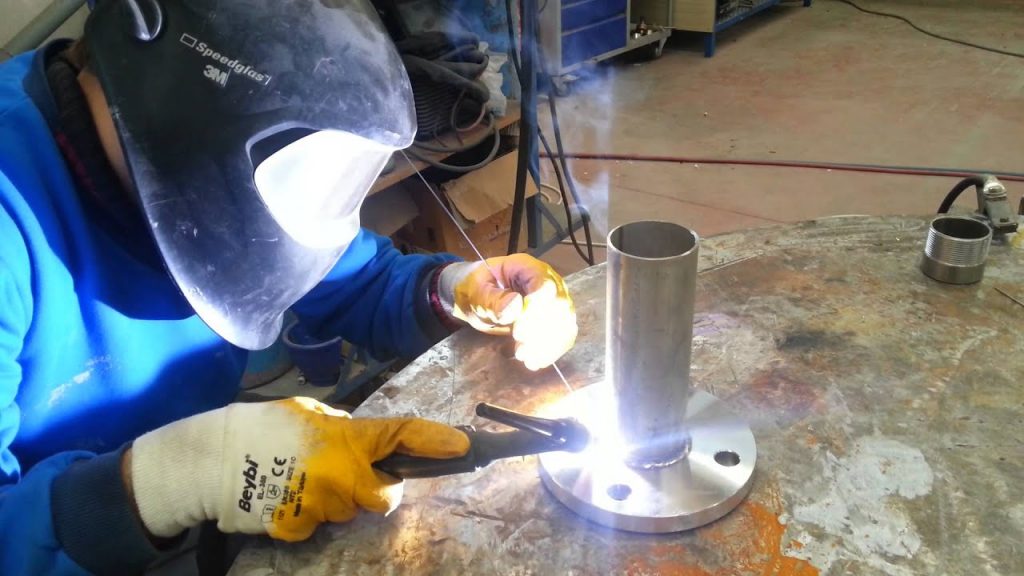TIG WELDING
Argon welding is the word “Tungsten Inert Gas” that gives the welding method its name. The source is also called the initials of this word and is referred to as the TIG source.
The heat to perform the welding process is generated between the electrodes made of tungsten metal, which has a very high melting point, and the parts to be welded. The welding zone is protected by argon or helium gas sent from a nozzle surrounding the electrode. The electrodes used in the Tig (argon) welding method allow to join the welded material by melting, without melting themselves. When deemed necessary, additional welding rods are delivered to the welding area by the welder or by automatic wire feeding devices, as in oxy gas welding.
Argon gas is generally used as a shield in argon welding. Argon gas is a noble gas, so it does not react and provides strong protection. It optimizes the ignition characteristics and stability of the arc and helps to achieve a better clearing area from helium. Thanks to its thermal conductivity, which is nine times higher than argon, it provides a particularly wide and deep ski penetration. In addition, pore formation in conjunction with aluminum is less pronounced.


